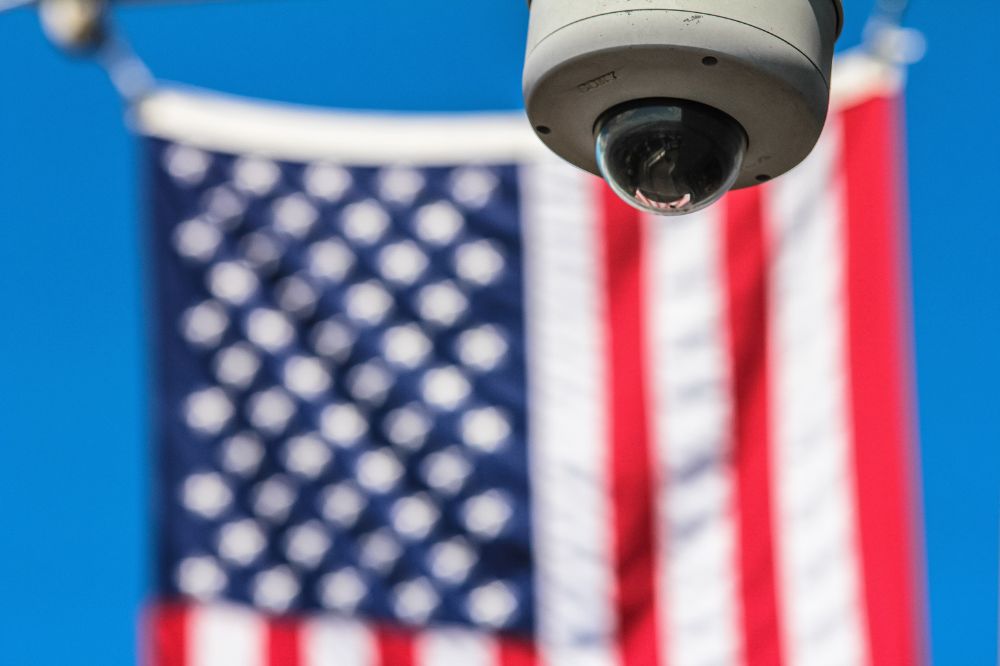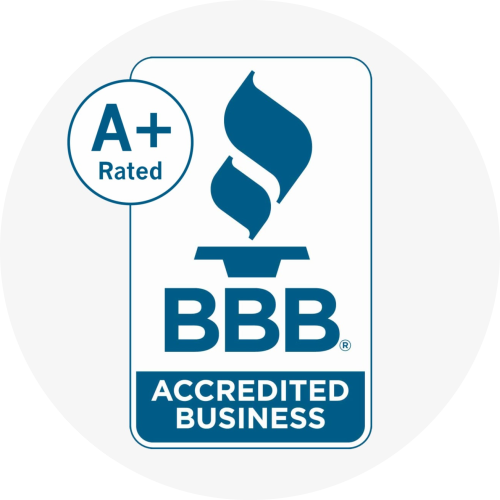Several cities in the US alone reported a 50% decline in all types of crime due to surveillance camera installation.
This indicates how the right surveillance camera system can make an enormous impact on your business’s overall security.
When choosing a surveillance camera, you must select one that best matches the requirements of your business. You also need to work with a reputable service provider who can help you set up and install the system properly.
To help you get set up, here’s what to consider before investing in surveillance camera installation.
Surveillance Camera Installation: 10 Considerations
1. What Is The Main Purpose Of Installing Surveillance Cameras?
Surveillance camera installation will generally be considered for one of two main reasons: to deter people or to discreetly monitor people.
It’s important to understand which option you want to focus on. This will determine what type of surveillance cameras you should purchase and where to place them.
2. What Do You Want to Monitor?
One of the most obvious, and most important, considerations when installing surveillance cameras is determining what you want to monitor with the camera.
Any business has its vulnerable areas, such as the till, the nooks, and crannies of the warehouse, or even stock rooms. However, there are many other areas across your premises that you should also monitor – like different entrances, customer areas, and your parking lot.
3. Environmental Factors
You’ll need to consider the environment in which you’re installing the surveillance cameras. This will help you choose the right kind of cameras and housing for the job.

For example, do you plan to install the cameras indoors or outdoors? If outdoors, they will need to be properly housed for the weather and rain. Maybe you’re installing the cameras in an industrial environment, like a factory. This means they’ll probably need to have stronger housing. Restaurant cameras might need protection against steam and grease.
Evaluate the environmental factors around the surveillance camera system to ensure the longevity of the cameras.
4. Coverage Area
How large of an area do you want the surveillance camera system to cover? Establishing this will determine the types of cameras you use and how you will place them.
When it comes to surveillance camera installation, you have loads of different options to choose from. This includes cameras with varying coverage degrees, angles, and image quality. Some cameras can move and zoom in, while others are static and fixed on a small point.
Understand exactly what you want to monitor, then choose a surveillance camera that best matches this.
5. Wired Or Wireless Camera Systems?
One of the biggest considerations to make around surveillance camera installation is whether to choose wired or wireless cameras. Both have their pros and cons.
Traditional wired cameras are often more powerful and robust. However, they’re more difficult and expensive to install. They also lack many of the features that modern wireless cameras offer.
Wireless cameras use wifi networks to transmit the signal to a screen. They’re far easier and faster to install. They also let you access the camera footage from any device, anywhere.

6. How Much Detail Do You Need?
Beyond just considering the size of the area you want to monitor, you should also determine what kind of resolution you need.
Some surveillance cameras are used to simply monitor large areas and don’t need to focus on the details. Other camera systems concentrate on smaller areas and often need a higher resolution for the viewer to see specifics.
When you go through a surveillance camera installation process, it’s best to assess the individual requirements of each camera. This will help you install cameras with the right resolution specs for each placement.
7. Consider Audio
Integrating audio into your surveillance camera system comes with a few advantages.
Not only does it let you listen to your recorded area, but it also means you could speak back to perpetrators. This could add another layer of security to your building.
If you do want to include audio in the camera system, consider which cameras will work well with audio and which don’t require it. This will help you choose and position your surveillance cameras more strategically.
8. Think About Scalability
When you install a surveillance camera system, it’s important to consider whether you’re going to expand on this system over time.
If you’re using a closed-circuit CCTV system, then you’ll struggle to add additional cameras. However, if you’re using a wireless surveillance camera network, then you can easily add extra cameras as you need them.
Just like adding a new device to a VoIP network is effortless, so is connecting a new wireless surveillance camera.

9. Features
Modern surveillance camera systems come with a wide range of features, like night vision, pan, zoom, tilt (PZT), smart motion detection, and more.
Consider what features would add the most value to your business and specific camera placements, then choose a camera system that matches your needs.
10. Think About Support
Reputable surveillance camera technicians that offer after-sales support are the only way to go. This is in terms of training once the system is installed. And, if something goes wrong with your camera system, you’ll want to know that the supplier will send out assistance within a short timeframe and get you back up in running.
Conclusion
When on the hunt for a new surveillance camera system, there are several key factors to consider. This is in terms of the actual product, the areas of placement, and the supplier.
With a provider like Stellar Communications at your beck and call, you have access to experienced technicians who will happily visit your site and help you determine the best surveillance camera systems for your needs.
This will ensure you don’t miss any blind spots, and equip your business with the best possible camera system to match your requirements.









